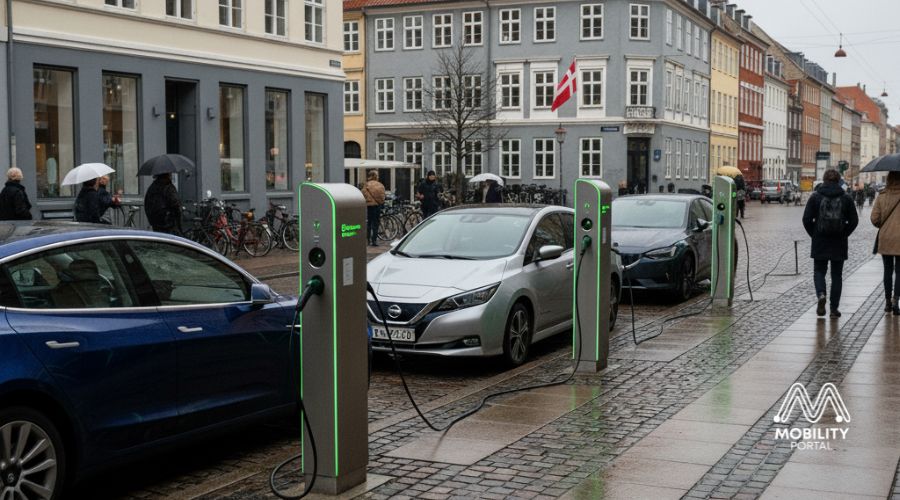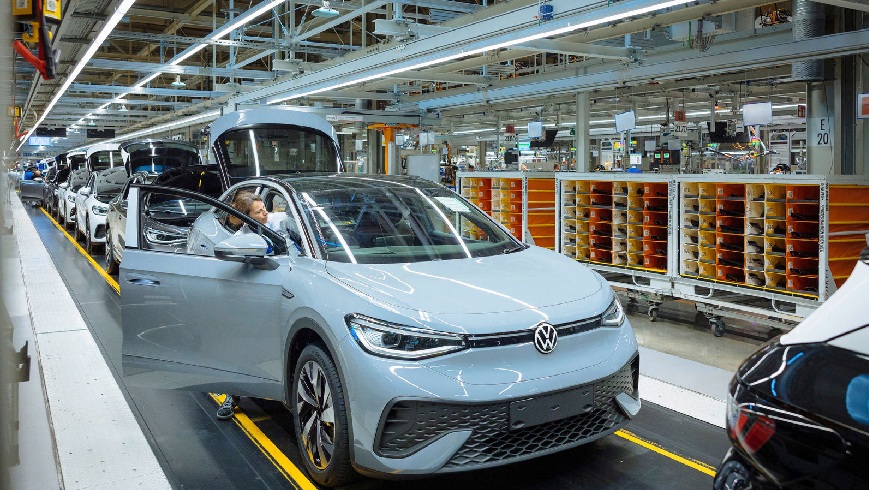The Latin American region continues to establish itself as fertile ground for the advancement of electric mobility, both for global manufacturers seeking new markets and for local companies observing great regional expansion potential.
This was stated by three key players in the sector during the panel “E-Mobility synergies: Europe and Latin America in the race for EV’s” at the second edition of the Storage, Renewable and Electric Vehicles Integration Forum, organised by Strategic Energy Corp, where topics such as standardisation, tariff barriers, and local industrialisation strategies were discussed.
Albert Torras, Sales Director at Circontrol; the Managing Director of CharIN in Chile, Matías Díaz; and the Technical Manager at Scame, Gustavo Salerno, provided a comprehensive analysis of the present and future of electromobility in Latin America.
Throughout the meeting, countries leading in adoption, opportunities for technological integration, and the need for clear regulations to support growth were highlighted.

“Where we see the most potential today is in Chile, which clearly leads the region,” says Torras from Circontrol, a Spanish company specialising in charging and energy efficiency solutions.
“Colombia also stands out for its electric bus projects, and Mexico, due to its proximity to the United States, offers a market with a large population and room for growth,” he adds.
The analysis aligns with the latest data collected by Mobility Portal Data: Chile reported a 193% increase in electric vehicle sales during the first quarter of 2025, reflecting a significant acceleration in demand.
In the case of Mexico, the challenges focus on defining a national standard for connectors.
“We are interested in Latin America moving towards a single interoperability standard,” says Díaz, who leads CharIN’s representation in Chile.
“In Mexico, they will probably move forward with NACS, but we are working with regulators and the industry to ensure coherent regional connectivity.”
Standardisation as a Key to Growth
One of the points on which all three panellists agreed was the importance of establishing unique standards that enable seamless integration of charging networks on a continental scale.
“In Argentina, the Type 2 for AC and Combo 2 for DC have already been adopted,” explains Salerno from Scame, who highlights that “local charging stations are already planning based on these standards.”
According to a survey by Mobility Portal Data on regulations in Latin America, more than 14 countries have passed laws, decrees, or electric mobility strategies. However, only eight have technical criteria related to infrastructure, interoperability, or connector standards.
“The challenge is not just for the car to communicate with the charger, but also for the system to monitor the entire charging process in real time from a centralised platform,” adds Díaz, emphasising the value of the CCS standard and its support for protocols such as OCPP and ISO 15118.
Argentina: Between Tariff Opportunities and Local Manufacturing
Regarding the situation in Argentina, Gustavo Salerno offers a critical yet optimistic view: “The country is opening up. There are tariff reductions for electric and hybrid vehicles, and imports are becoming easier. But stability is needed to attract sustained investments.”

At the beginning of 2025, the Argentine Government established a zero-tariff quota for the importation of EVs and HEVs, which generated expectations in the market.
“We plan to develop local charger production from Scame Argentina to supply the region. It is a long process, but the plant already has a section assigned for assembly,” says Salerno.
In line with this strategy, Paraguay is also emerging as a destination for imports and industrial conversion.
The latest figures indicate that in the first quarter of the year, electric vehicle imports increased by 164%, led by Chinese brands and utility models.
Regulatory Challenges and the European Model as a Reference
Beyond connectors, the panelists pointed to the urgency of advancing regulations that structure the charging business.
“Today in Argentina, there are chargers that charge by membership, others by time parked, and others by energy, but there is no national tariff framework,” says Salerno. “This prevents clear rules for those who want to invest.“
In contrast, Albert Torras recalls that in Europe, the AFIR regulation requires the installation of charging stations of at least 150 kW every 60 km on highways.
“75% of charging is done at home or at work, which is why public infrastructure must be strategic, but not omnipresent,” he notes.
This mixed model, with high residential charging and well-located opportunity points, is beginning to replicate in Latin American cities. In Uruguay, for example, the electric vehicle fleet quadrupled in less than two years thanks to a national network that includes chargers at service stations, tourist spots, and main routes.
Looking to the Future: New Products and Potential for Regional Expansion
In their final minutes, the panellists shared their companies’ next steps.
Circontrol introduced its new “Sonic” range, with chargers from 22 kW to 400 kW, and is analysing the integration of GBT and NACS if the markets demand it.

CharIN, on the other hand, is promoting the Megawatt (MCS) charging system, with a capacity of up to 4.5 MW, specifically designed for mining trucks and heavy machinery.
“Latin America is at a key moment,” concludes Matías Díaz.
“We need to move towards regional interoperability that doesn’t depend on the country or the manufacturer, but on technical and collaborative criteria.”
Thus, through fiscal opportunities, technological integration, and industrial strategies, electromobility in Latin America is becoming a shared landscape between the local and the global. A space where every charger installed not only represents a technical advancement but also another piece of a continental network under construction.
READ MORE
-
Affordable and reliable charging: Denmark’s two “unfinished tasks”
Denmark has already passed the threshold for mass adoption of electric vehicles. However, the eMobility sector warns that public charging remains “too expensive” compared to refuelling with petrol or diesel.
-
XPENG arrives in 5 European countries: Where will its expansion plan begin?
This expansion follows XPENG’s new manufacturing deal with Magna in Austria, enabling local production, avoiding EU tariffs, and boosting its footprint in Europe.
-
Volkswagen to cut production at several German plants amid weak EV demand
Zwickau and Emden have seen low demand for electric vehicles, while Osnabrück is reporting weak sales of the convertibles produced at the plant.









